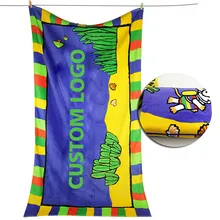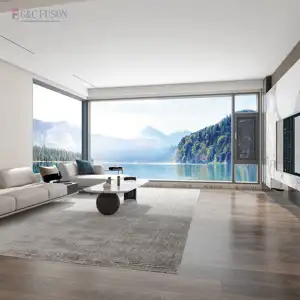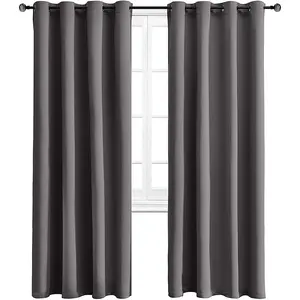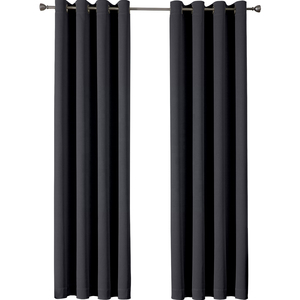Introduction
As winter looms, the desire for a warm, comfortable home intensifies. However, rising energy costs can make maintaining a cozy indoor temperature a financial challenge. What if there was a stylish, cost-effective solution that could help lower your energy bill while keeping your home warm? Welcome to the world of insulated curtains. These innovative window treatments not only elevate your home's aesthetic appeal but also significantly enhance its energy efficiency. This article delves into the importance of insulation, the function of insulated curtains, their benefits, and how they can help reduce your energy expenses.
The Significance of Insulation in Winter
Insulation is particularly vital in winter. It aids in keeping your home warm, reducing the need to overuse your heating system. Without proper insulation, you could be spending up to 15% more on heating. Insulation not only conserves energy but also minimizes wear and tear on your heating system. Furthermore, it contributes to a lower carbon footprint, benefiting your home, community, and the environment. Thus, insulation is a crucial element in maintaining a comfortable and energy-efficient home during winter.
Understanding Insulated Curtains
Insulated or thermal curtains serve as an additional layer of insulation, enhancing a home's energy efficiency. They comprise multiple layers of fabric with thick padding or added layers that inhibit air circulation from the window into the home. Besides their insulating effect, these window treatments also dampen sound and block light. Thermal curtains are available in various styles, including classic curtains, Roman shades, hobbled shades, balloon shades, and side-draw shades. They feature insulated padding sandwiched between material suspended by a curtain rod, preventing air from entering the room from the window.
The Functionality of Insulated Curtains
Insulated curtains, also known as thermal curtains, are fabric panels designed to insulate your windows, keeping warm air out in the summer and cold air out in the winter. They function similarly to layers of winter clothing, trapping heat and creating a thermal barrier between the outside air and your indoor living space. This is achieved by sewing together multiple layers of fabric, including heavy insulating material, which trap air leaks behind the curtain. However, it's important to note that thermal curtains are a supplementary solution to the broader issue of home insulation.
Advantages of Insulated Curtains
Insulated curtains offer numerous benefits. They enhance thermal insulation affordably, eliminating the 'cold wall' effect for improved heat retention. They also increase comfort during summer heat, providing thermal, noise, and light insulation. These curtains are effective in both winter and summer, helping to maintain comfortable temperatures and reduce energy consumption. They also block noise and light pollution, adding a layer of privacy to your home.
How Insulated Curtains Can Lower Your Energy Bill
Insulated curtains, also known as energy-efficient curtains, are a cost-effective method to reduce your energy bills. They incorporate a layer of acrylic foam that insulates, preventing heat and air from entering or escaping through your windows. According to Energy Star, about half of the energy used in homes is for heating and cooling. Without insulated curtains, your home can lose up to 30% of its heating energy through the windows. In warm weather, about 76% of the sunlight that hits your windows enters the house as heat, leading to extended air conditioner usage.
Selecting the Right Insulated Curtains
Choosing the right insulated curtains involves considering factors like type, size, fabric, aesthetics, noise reduction, and insulation. Thermal curtains come in various styles and sizes, with different fabrics like cotton, polyester, silk, microfiber, and velvet. They also offer noise reduction and insulation, with the middle layer consisting of a heat-resistant material. The curtains' size should cover the entire window casing for proper insulation. Aesthetically, they come in a variety of stylish colors and patterns. Some curtains are machine washable, while others require dry cleaning.
Installing Your Insulated Curtains
To install your insulated curtains effectively, consider using a 'pelmet', a valance that covers the top of a curtain rail, preventing air flow behind the curtain. Another strategy is to use floor-length curtains, which block air movement at the bottom. If these options don't suit your aesthetic or budget, there are other low-cost alternatives. Remember, the goal is to disrupt the cycle of moving air, which contributes to heat loss. Properly installed, these curtains can significantly enhance your home's insulation during the winter months.
Conclusion
In conclusion, insulated curtains are a practical, cost-effective solution to enhance your home's energy efficiency. They offer a simple yet effective way to combat the 'cold wall' effect, reduce noise and light pollution, and ultimately lower your energy bills. Choosing the right insulated curtains involves considering factors like type, size, fabric, and aesthetics. Proper installation is key to maximizing their benefits. As we strive for more sustainable living, insulated curtains not only contribute to a lower carbon footprint but also enhance the comfort of your home, making them a worthy investment for any homeowner.









































 浙公网安备 33010002000092号
浙公网安备 33010002000092号 浙B2-20120091-4
浙B2-20120091-4